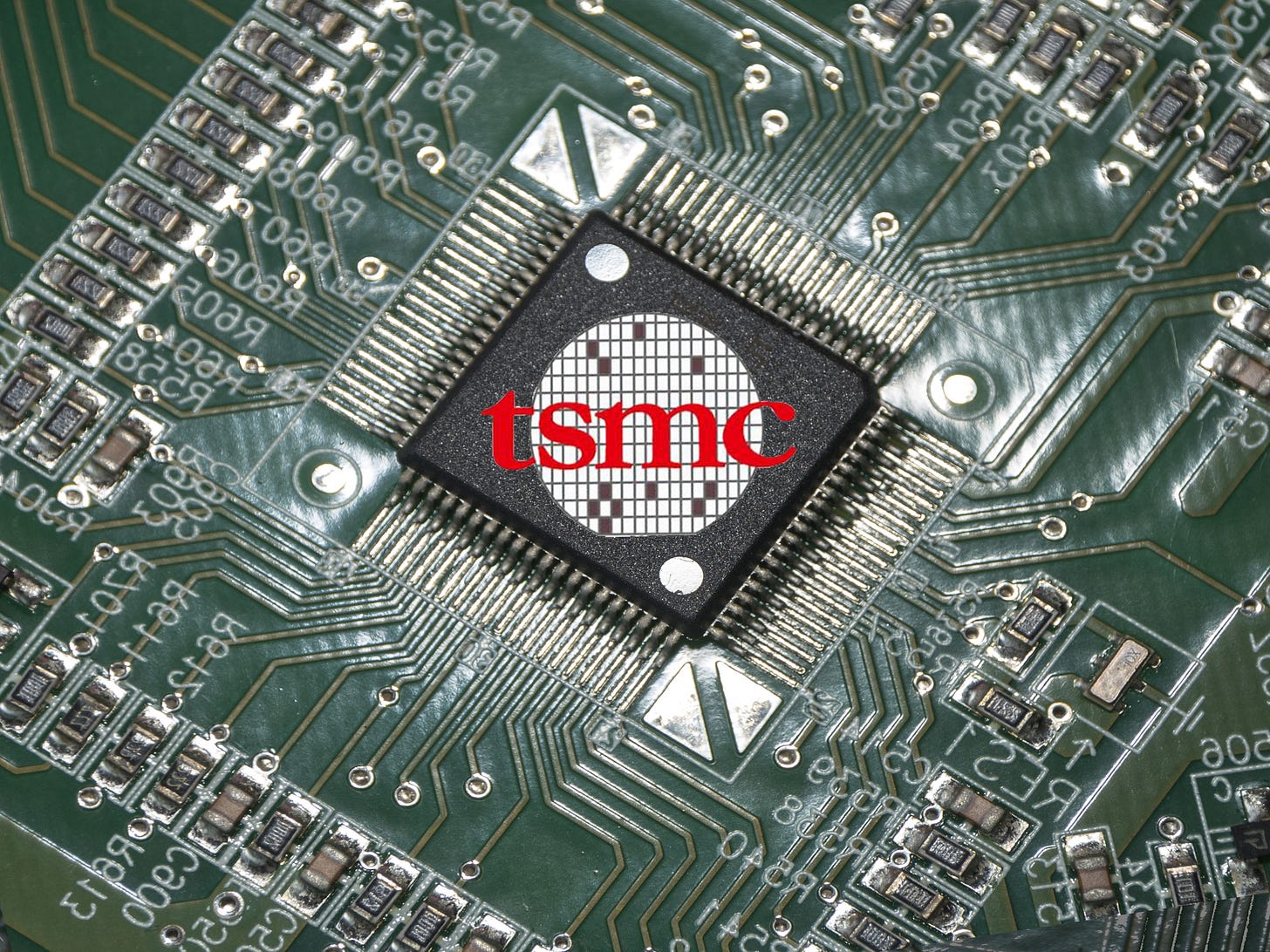Following a routine board meeting that did not present any surprises to the market, TSMC executives, alongside Taiwan’s Deputy Minister of Economic Affairs, are set to engage in negotiations with the U.S. government, according to industry sources.
As reported by DIGITIMES Inc., the U.S. government has proposed three potential cooperation options to TSMC, two of which could position the company as a critical player in revitalizing Intel's operations. These options include:
TSMC setting up an advanced packaging factory in the U.S., offering a full suite of services from foundry to packaging.
TSMC joining other firms as investors in Intel Foundry Services (IFS), a division being spun off from Intel, with TSMC transferring its technology as part of its shareholder role.
Allowing Intel to handle the packaging process for TSMC's Arizona-based operations.
However, TSMC has not disclosed its stance on any of these proposed strategies, nor has it confirmed plans to expand its Arizona site as speculated by the market. Instead, TSMC's Board of Directors approved a capital budget of approximately $17.14 billion, less than half of the $38-42 billion projected for 2025 during its earnings conference in January. TSMC said the budget will be allocated toward long-term capacity planning based on market demand and technology development, covering the construction and upgrading of advanced process capacity, packaging, and specialty processes without specifying the locations.
SemiVision analysts told TechSoda that Amkor has already pilot-run Nvidia’s chip packaging processes. Therefore, any proposal requesting TSMC to hand the advanced chip packaging orders to Intel will hurt Amkor.
Even if TSMC agrees to transfer technology to Intel, there’s no shortcut in the manufacturing processes of semiconductors because it takes a lengthy and painful effort to finetune for yield optimization.
Further reports from Baird analyst Tristan Gerra citing supply chain chatters that the U.S. government may push for TSMC to send engineers to Intel's 3nm/2nm fabs, contributing expertise to ensure that Intel’s manufacturing projects remain competitive. This news led to a 7.2% increase in Intel’s stock price after a 6% surge the day before, while TSMC’s shares fell by over 1%, with another 1.3% drop in the Taiwan Stock Exchange trading session.
Another possibility Baird raised is that Intel’s fab could be spun off into a joint entity owned by TSMC and Intel, with TSMC taking the helm. According to sources, the new entity could benefit from U.S. Chip Act funding.
This arrangement would require TSMC to prioritize U.S. interests over its own shareholders, many of whom are American. If TSMC’s executives compromise their company's interests for a local customer (which is also a foundry competitor), could this lead to shareholder backlash or even collective litigation?
On the other hand, if TSMC rejects the proposals, the U.S. government could impose a 100% tariff on chips made in Taiwan, potentially crippling the legacy chip manufacturers in Taiwan and forcing many of them to surrender their American market share to competitors such as those from China. Indeed, China has increased its semiconductor manufacturing capacities so aggressively that memory prices plunged and stayed flat partly due to weak demand and partly due to oversupply.
As TSMC weighs its options, one question looms: whether to comply with the geopolitical pressures or to resist, preserving its autonomy and shareholder interests.
TSMC has previously announced the progress of mass production and construction of three plants, which, after a delay of many months from the 5-nanometer change to the 4-nanometer U.S. plant, has now entered mass production, the monthly production capacity of the first quarter of 2026 about 30,000 wafers, the second plant is expected to move in the equipment in the second half of 2026 at the fastest.
In addition to the originally announced 3nm, 2nm process will also be introduced to Arizona. It is expected that by the end of 2027, 4/3nm monthly production capacity of about 50,000 wafers, 2nm production will begin in 2028, and the third plant is expected to produce 2nm or below advanced process technology before 2030.
There is still room for three extra facilities at the TSMC Arizona site.
(Updated info)
Rumors about TSMC considering bailing out Intel Foundry Service while Broadcom takes over the design department sound weird. Can that pass the anti-trust reviews? And since the Department of Commerce demands Intel to have a majority stake over Intel Foundry to qualify for Chips Act funding, it would be meaningless for TSMC to get involved as a minority investor.




I agree. Especially when that combines with zero sum mentality.
Is excessive ideological thinking problematic?